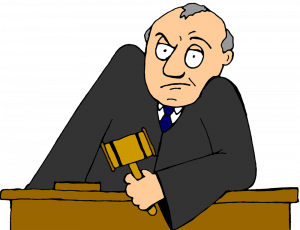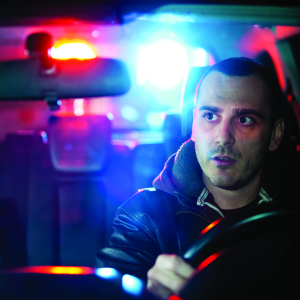Traffic tickets can be a nuisance, both financially and in terms of your driving record. If you’ve received a traffic ticket in San Diego, you may be wondering whether it’s worth it to contest it. This blog will guide you through the process of fighting a traffic ticket in San Diego court, providing valuable insights and practical tips to help you navigate the legal system.
Traffic violations typically fall into two categories:
- Infraction: Most traffic violations, like speeding or running a red light, are classified as infractions. They usually carry a fine and do not result in jail time.
- Misdemeanor: More serious violations, such as reckless driving or DUI, are usually classified as misdemeanors and can result in harsher penalties, including jail time.
Read the Ticket Carefully
Before taking any action, read your ticket thoroughly. It contains crucial information, including:
- The specific violation you are accused of
- The date and time of the alleged offense
- The court date and location
- Instructions on how to contest or pay the ticket
Deciding Whether to Fight the Ticket
Before you decide to contest your ticket, consider the following factors:
- The Evidence Against You: Evaluate the evidence provided by the officer. Was there a radar reading, a photo, or witness statements? If the evidence seems weak, you may have a case.
- Potential Consequences: Understand the potential consequences of not fighting the ticket. Points on your driving record can lead to increased insurance rates and a possible license suspension.
- Costs vs. Benefits: Weigh the cost of contesting the ticket (including court fees and potential attorney fees) against the potential benefits of reducing or eliminating the fine.
Steps to Fight a Traffic Ticket
- Plead Not Guilty: If you decide to contest the ticket, you’ll need to plead “not guilty.” You can do this by appearing in court on the date specified on your ticket or by mailing in your plea.
- Gather Evidence: Collect any evidence that supports your case, such as:
-
- Photographs of the scene
- Witness statements
- Maintenance records for your vehicle (if applicable)
- GPS data or dashcam footage
3. Request a Trial: Once you’ve entered your not guilty plea, you’ll be scheduled for a trial. You can choose between two types of trials in San Diego:
-
- Trial by Judge: A judge will hear your case and make a ruling.
- Trial by Declaration: You submit your case in writing, and the judge makes a decision based on the documents provided. (This option is not available for some violations.)
4. Consider Hiring an Attorney: While it’s possible to represent yourself, hiring an attorney who specializes in traffic law can significantly increase your chances of success. An attorney can help you prepare your case, gather evidence, and present arguments effectively. Continue reading ›
 San Diego DUI Lawyers Blog
San Diego DUI Lawyers Blog









